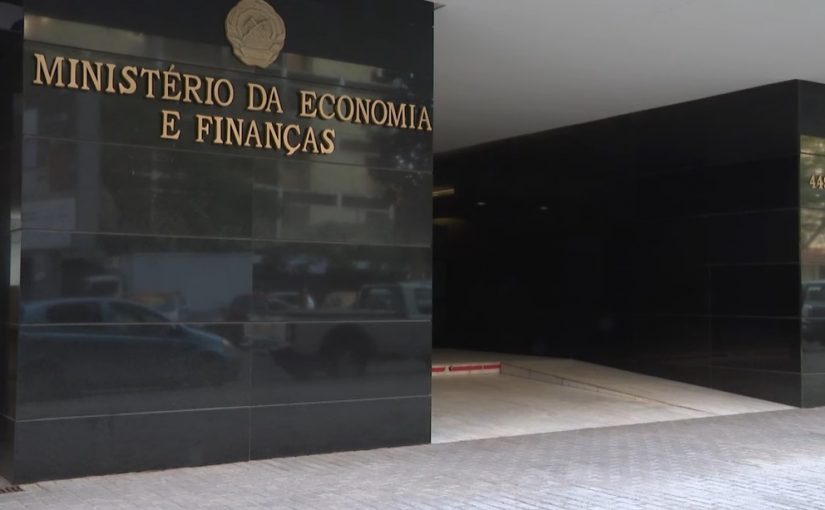Mozambique: Beira port may see 34% growth of containerized cargo volume
Strategy recommends changes in the composition of Mozambican public debt

File photo: TVM
A document published by the Mozambican Ministry of Economy and Finance (MEF) recommends that the country stops borrowing as much as it does from the country’s banks and resorts more to concessional loans from abroad.
The objective is to have a more sustainable debt, which will represent 64.7% of the Gross Domestic Product (GDP), instead of the 85% of the GDP at the end of 2021 considered in the document
The MEF estimated Mozambican public debt at US$13.9 billion (€13.72 billion), an increase in the debt ‘stock’ of 71% compared to 2014.
While external debt “increased only 47%” in those seven years, internal debt increased by more than 220% in the same period – and today represents a quarter of total public debt.
“This expansive dynamic of domestic indebtedness was determined by the need to finance a growing primary deficit” in the face of “a persistently adverse macroeconomic situation”, the document claims, indicating an increase in the intensity and frequency of natural disasters, restrictions imposed by Covid-19 and terrorism in Cabo Delgado.
The MEF’s ‘Medium-Term Strategy for Public Debt Management’, consulted today by Lusa, recommends “an incremental increase in the proportion of external financing from 30% in 2022 to 55% in 2025, corresponding to a gradual reduction of internal financing from 70% to 45%”, in the same period.
“The external component should be entirely and exclusively covered by concessional loans”, while in the internal portfolio the proportion of short-term Treasury Bills (BT) “will be progressively reduced from 35% in 2022 to 15% in 2025”.
The Treasury Bills – which are almost all absorbed in the investment portfolios of the five largest banks, should be “gradually replaced by debt instruments with longer maturity”, from eight to 10 years, the document details.
READ: Mozambique: Treasury bills increase debt, central bank warns – Notícias
The strategy recognizes that the feasibility of the scenario depends on “reforms aimed at boosting the secondary market”, such as insurance companies and pension funds, so that they are interested in subscribing to those instruments.
According to the document, “the mobilization and dynamism of institutional investors as a preferred niche for long-maturity debt securities could enable an effective dispersion of securities beyond commercial banks.”
This will also allow banking to stop focusing on public debt and allow bank credit to reach other sectors of the economy, it adds.
On the “external mobilization front”, the document foresees the resumption of confidence in Mozambique, with the replacement of a financial program with the International Monetary Fund (IMF) – approved by the fund on May 9 – which will lead to “a greater soundness of macro fiscal policies” and improvement of the sovereign’s rating.
This is the third medium-term strategy document for public debt management: the first covered the 2011-2015 period, during which the Mozambican government contracted around US$2.3 billion sovereign-guaranteed loans in what became known as the ‘hidden debt’ scandal, which led Mozambique’s financial default.
Mozambique’s Minister of Economy and Finance, Max Tonela, believes that the document will put Mozambique on the path of “good international practices” and sends the “right signals” to creditors.













Leave a Reply
Be the First to Comment!
You must be logged in to post a comment.
You must be logged in to post a comment.